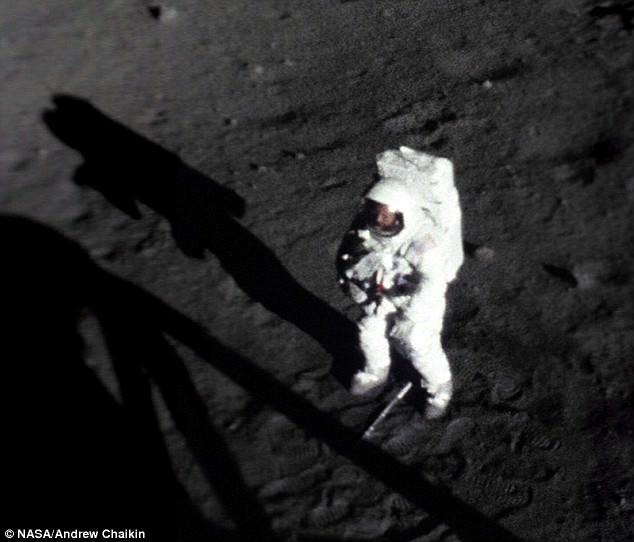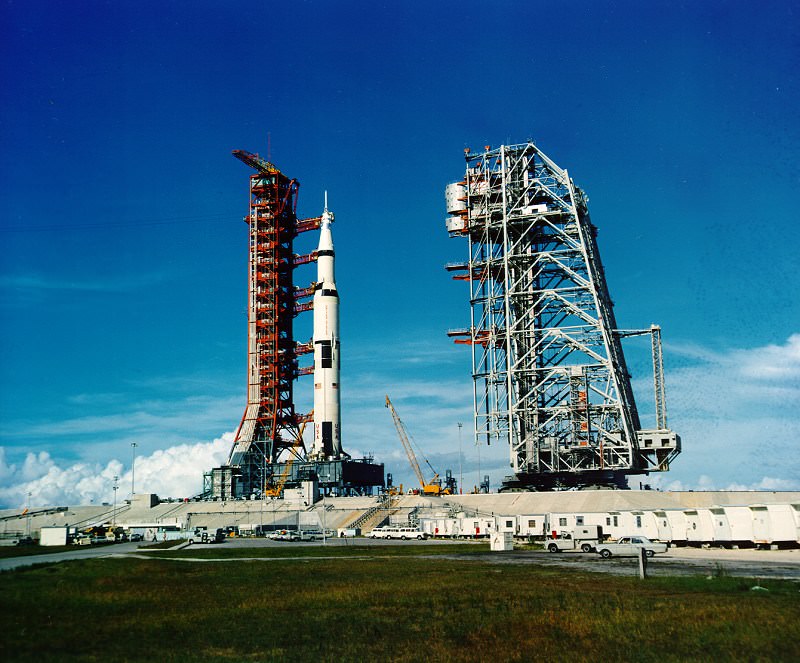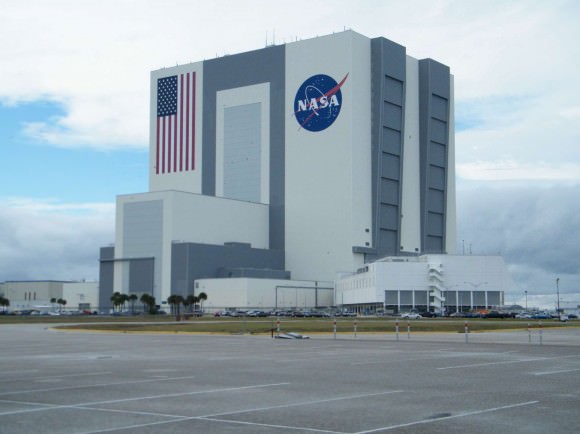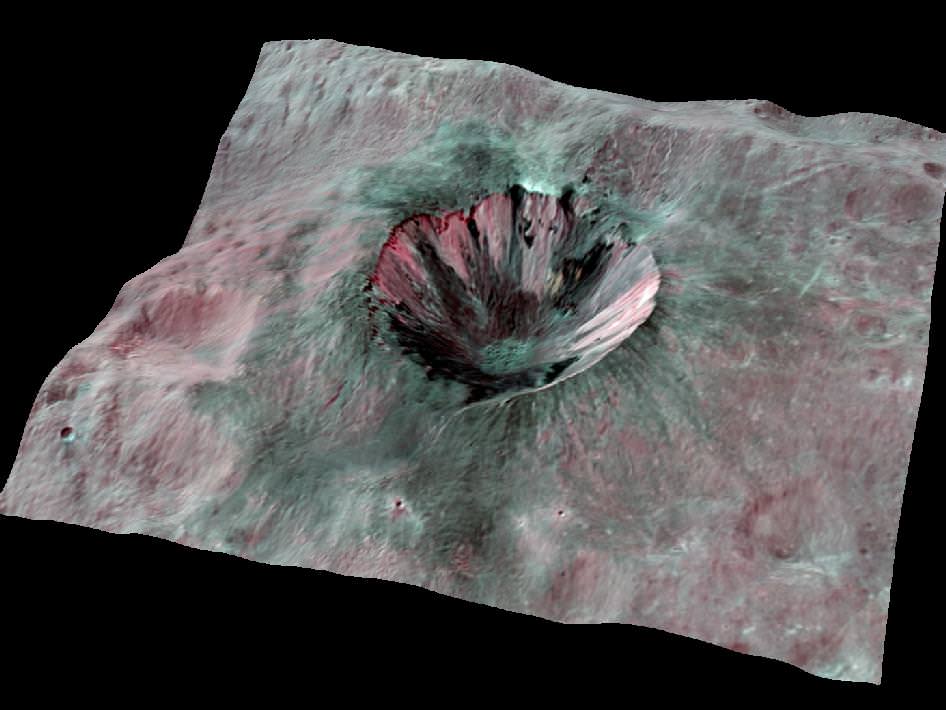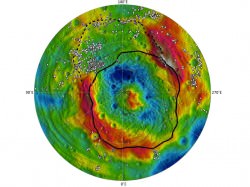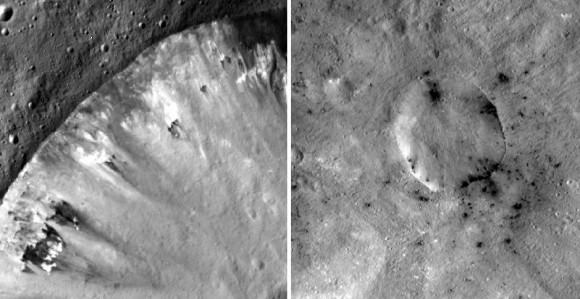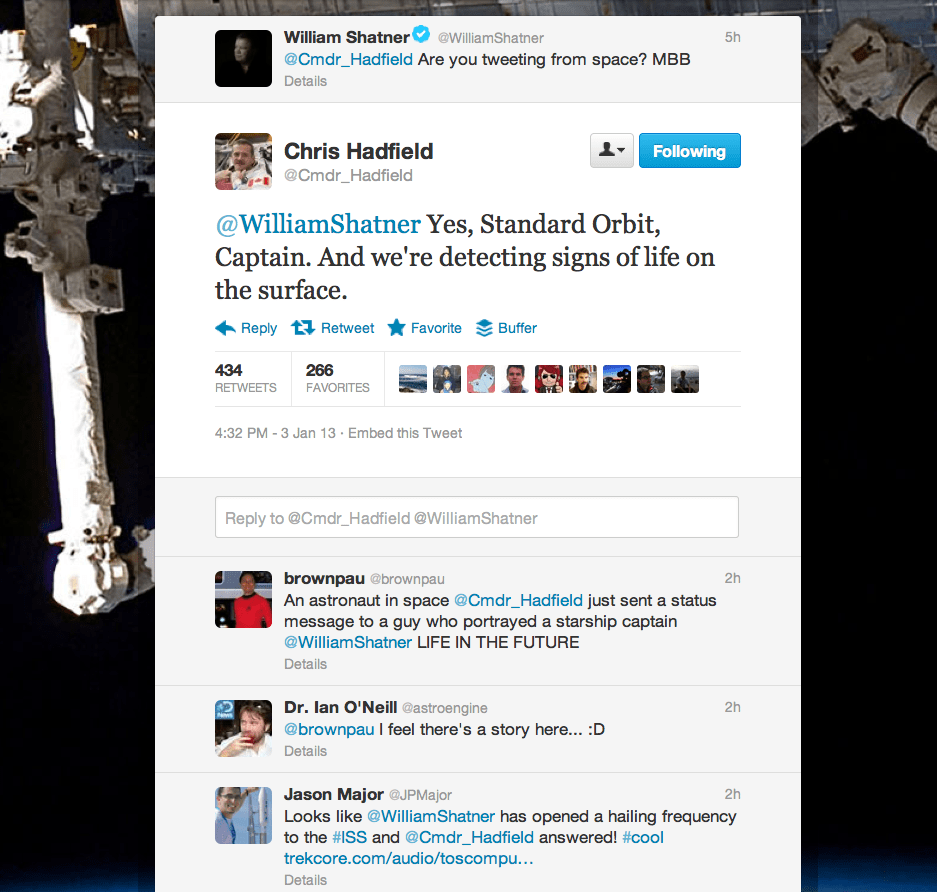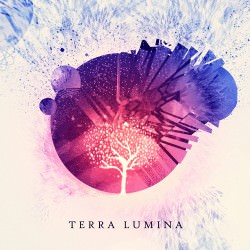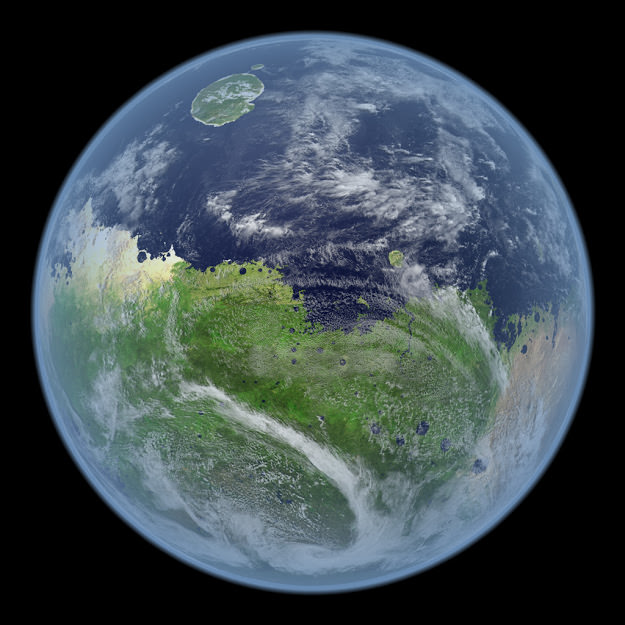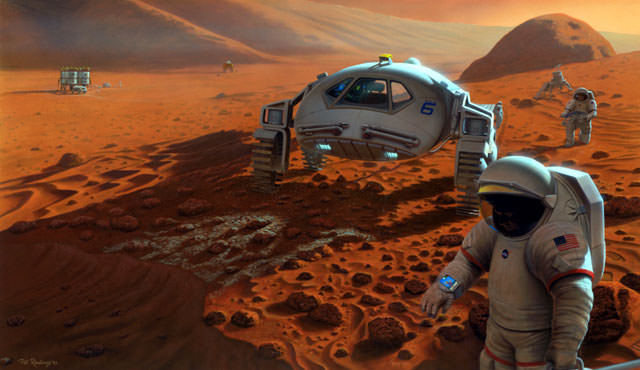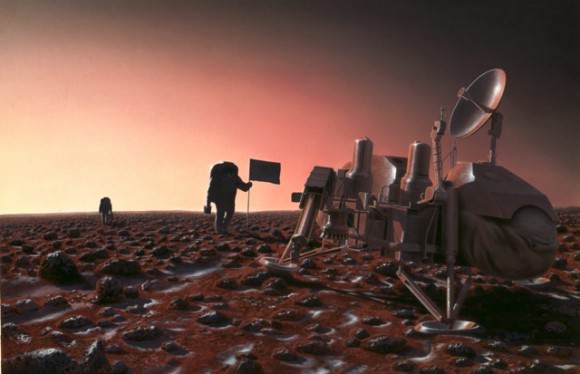A small controversy has erupted over Neil Armstrong’s first words as he stepped on the Moon’s surface and how he came to say them.
Armstrong had always admitted that while he had been thinking about what to say during his first steps for quite some time before the Apollo 11 mission, he didn’t actually decide on his words until just after landing on the Moon, while waiting to exit the lunar module. In a new BBC documentary, the astronaut’s brother Dean Armstrong says the two discussed the statement months earlier, and that Neil gave Dean a handwritten note showing him the famous quote, “That’s one small step for (a) man, one giant leap for mankind.”
But apparently some people (and writers) have gotten a bit confused, thinking that Armstrong said he thought up the words on the spot, and recent headlines have screamed that “Armstrong Lied” about the quote.
Not so, says says space historian and author Andrew Chaikin, who wrote the book, “A Man on the Moon,” and interviewed Armstrong several times.
“I was distressed to see recent news stories claiming that Neil Armstrong lied to the world about when he made up his famous quote,” Chaikin said via email, and asked Universe Today to share the op-ed he wrote for Space.com.
In the op-ed piece, Chaikin cut to the chase, saying, “Let’s get one thing straight right now: Neil Armstrong was not a liar.” … “The problem, in some people’s minds, is that this seems to conflict with Neil’s own statements over the last 40 years about when and where he composed what became an immortal sentence when he took his first step onto the Moon,”
But it does not contradict history at all.
Chaikin notes that in Neil Armstrong’s first public statement about the famous quote at a post-flight press conference on Aug. 12, 1969, he said, “I did think about it. It was not extemporaneous, neither was it planned. It evolved during the conduct of the flight and I decided what the words would be while we were on the lunar surface just prior to leaving the LM.”
And when Chaikin interviewed Armstrong in 1988 for the book “A Man on the Moon,” Armstrong said the same thing, and he also told that to his biographer James Hansen in 2003.
“It is simply not true, as several recent news articles have claimed, that Armstrong always said he composed the quote ‘spontaneously,’” Chaikin wrote in the op-ed. “It would have been completely out of character for Armstrong, who was thoughtful about nearly everything he said and did, to have offered such an important quote without thinking it through beforehand.”
Chaikin says that Dean Armstrong’s story just adds a little ambiguity. “Maybe Neil had more than one quote in mind at that point, and only shared one of them with his brother. Or maybe the quote he showed his brother was an early draft, but after all these years, Dean remembers seeing the final version. We’ll probably never know the answer.”
But in no way does it mean that Armstrong “fibbed” or “lied” to the public for 40 years.
This isn’t the first time the famous first words have been a bit controversial. While the “a” in “one small step for a man” wasn’t audible in the broadcast to the world, Armstrong always said he did speak that word. A 2006 audio analysis of the broadcast supported Armstrong.
Neil Armstrong passed away in August 2012.

